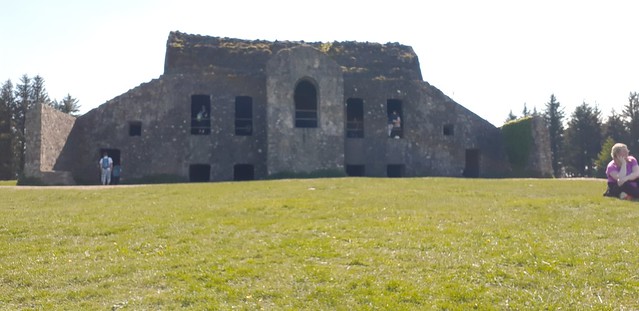Back in 2013, I took a short hop over to Skerries Mills and did a little bit of exploring (original post here). This year, because of the covid pandemic and travel lockdowns, I’m trying to do more outdoor things in the local area. I loved it before, and decided that it was more than time to return on a weekend – and to visit the weekend farmer’s market which offers a variety of items in a really cool setting. Naturally, since social media and blogs have changed – I had to do a TikTok video and share a little more about the location for others who may eventually want to visit.
At Skerries, Ireland, there are two mills – one of which dates to the 1525, the other to 1840s. The fully restored complex offers tours which show off the workings of both the five sail windmill, four sail windmill, and a cool a water mill and bakery of the 1800’s. This provides the visitor with examples of how eco friendly wind and water energies were harnessed by our ancestors to produce wheat, textiles, and more. There are craft shops on the site, as well as a yummy cafe with great coffee and local food.
If you’d like more information on Skerries Mills, you can see their website at: https://www.skerriesmills.ie/
@phoenixrosedsgn A walk around Skerries Mills, Skerries Ireland. Two mills – one of which dates to the 1525, the other to 1840s. #Skerries #ireland #mills #millpond ♬ 100 Ways – Jackson Wang


